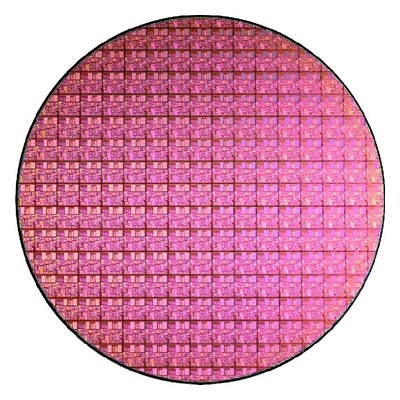Intel Celeron (Northwood-128) processors
Introduction: September 2002
Overview
The Celeron brand refered to a range of Intel's x86 CPUs for budget/value personal computers. Considered Intel's "economic" processor, the Celeron branded processors had complemented Intel's higher-performance (and more expensive) brands. Intel had given the brand the motto, "delivering great quality at an exceptional value." Celeron processors was able to run all IA-32 computer programs, but their performance was somewhat lower when compared to similar, but higher priced, Intel CPU brands. For example, the Celeron brand often had less cache memory, or had advanced features purposely disabled. These missing features had a variable impact on performance. In some cases, the effect was significant and in other cases the differences were relatively minor. Many of the Celeron designs had achieved a very high "bang to the buck," while at other times, the performance difference had been noticeable. For example, some intense application software, such as cutting edge PC games, programs for video compression, video editing, or solid modeling (CAD, engineering analysis, computer graphics and animation, rapid prototyping, medical testing, product visualization, and visualization of scientific research), etc. may not performed as well on the Celeron family. This had been the primary justification for the higher cost of other Intel CPU brands vs. the Celeron.
The Northwood-128 core
These socket 478 Celerons were based on the Northwood Pentium 4 core, and also had 128KB of L2 cache. The only difference between the Northwood-128 and the Willamette-128 Celeron was the fact that it was built on the new 0.13 micrometre process which shrunk the die size, increased the transistor count, and lowered the core voltage from 1.7V on the Willamette-128 to 1.52V for the Northwood-128. Despite these differences, they were functionally the same as the Willamette-128 Celeron, and performed largely the same clock-for-clock. The Northwood-128 family of processors were initially released as a 2.0GHz Model (a 1.9GHz model was announced earlier, but never launched) on September 18, 2002. Since that time Intel had released at total of 10 different speed grades ranging from 1.8GHz to 2.8GHz, before being surpassed by the Celeron D. Although the Northwood Celerons suffered considerably from their small L2 cache, some speed grades had been favored in the enthusiast market, because like the old 300A, they can ran well above their rated speeds.
In Intel's "Family/Model/Stepping" scheme, Northwood Celerons and Pentium 4s were family 15, model 2, and their Intel product code was 80532.
Source: Wikipedia, the free encyclopedia.




